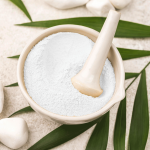
Calcium Carbonate
November 20, 2023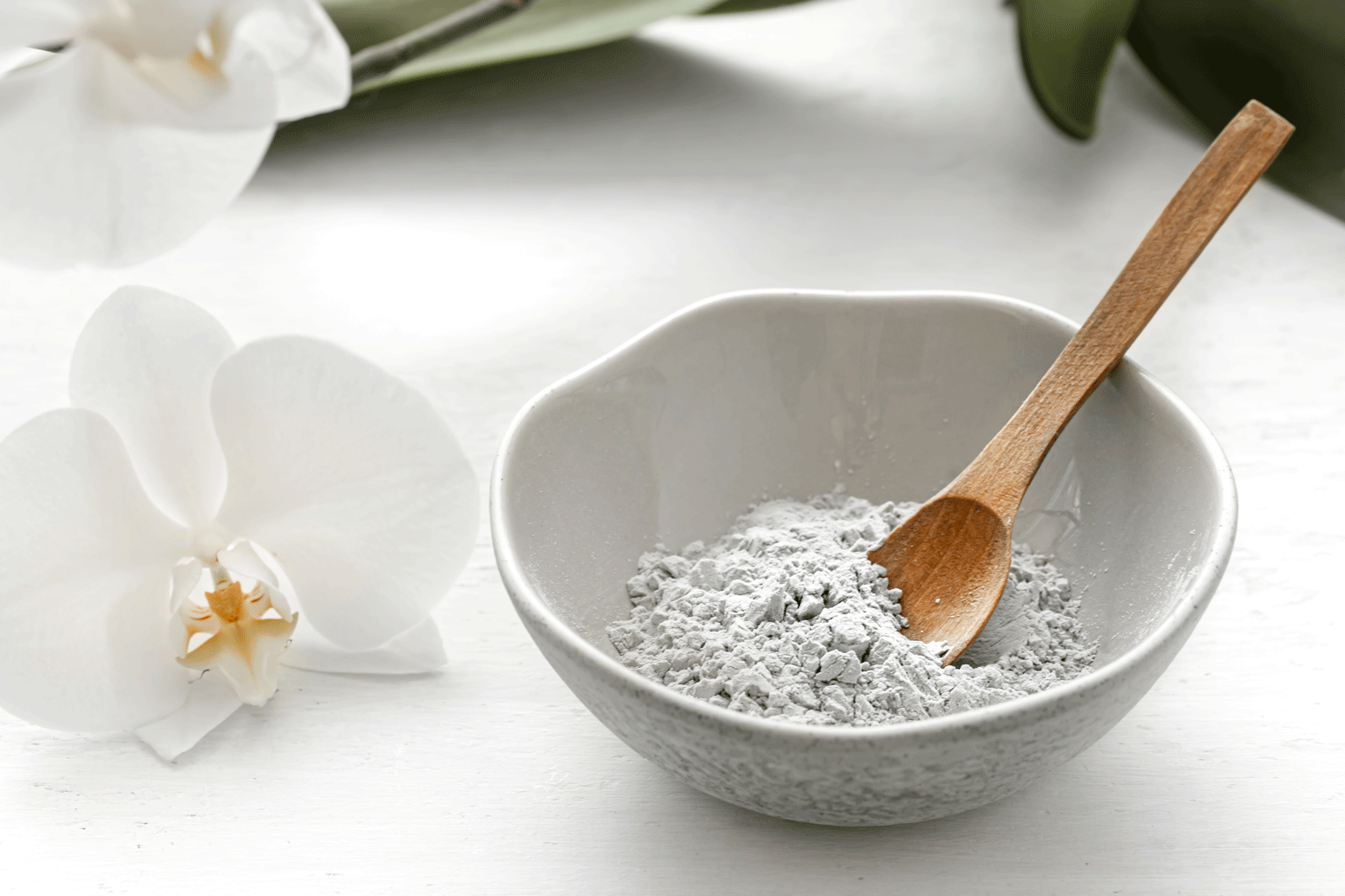
Micronized Talc Powder
Talc (Hydrated Magnesium Silicate)
Talc (hydrated magnesium silicate) is a soft, pulverizable mineral composed of colloidal and papyraceous particles that feel soapy to the touch. It has a trilayer structure where two tetrahedral layers of silica encompass one octahedral layer filled with magnesium ions. The bond between the talc layers is weaker than that of the kaolinite layers, which is why talc is a better lubricating agent. Talc is white when pure but can appear in grey, green, brown, or red colors due to impurities. Talc forms as a result of hydrothermal alteration of magnesium-rich rocks and the metamorphism of silica-rich dolomite.
Structure:
It crystallizes in the monoclinic system as flat crystals, and in masses that are foliated, radial, or dense. Its streak is white. Talc varies from translucent to transparent. Its larger sheets have a pearly luster. Talc sheets can be bent but are not elastic like mica. It has a perfect cleavage in one direction, with an uneven fracture. It has a specific gravity of 2.8 and a Mohs hardness of 1. Talc contains some iron, calcium, and aluminum.
Applications:
Valued since ancient times for cosmetics, it is now used in cosmetic products, in paper coatings, as a filler in paints and plastics, for mold making as electrical insulators, heater parts, chemical vessels, and as a raw material in ceramics for the creation of acid-resistant wells and laboratory countertop coatings.
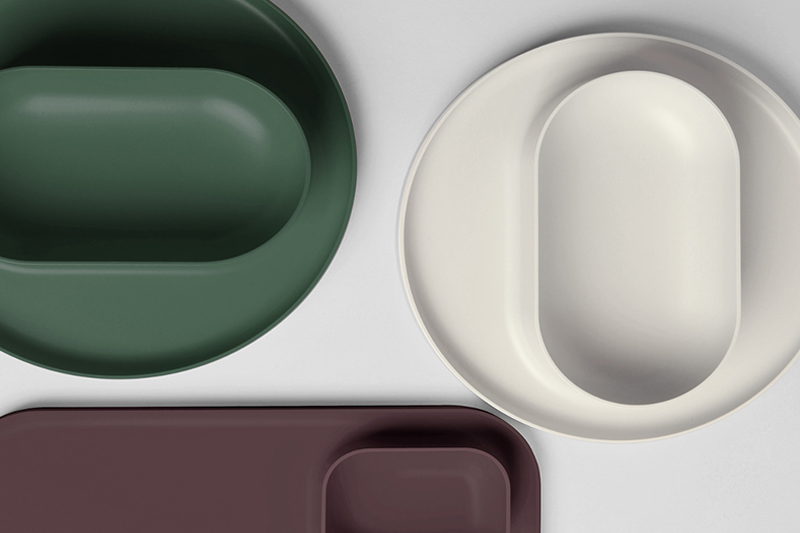
The use of talc in porcelain dishes
The use of talc in coloring
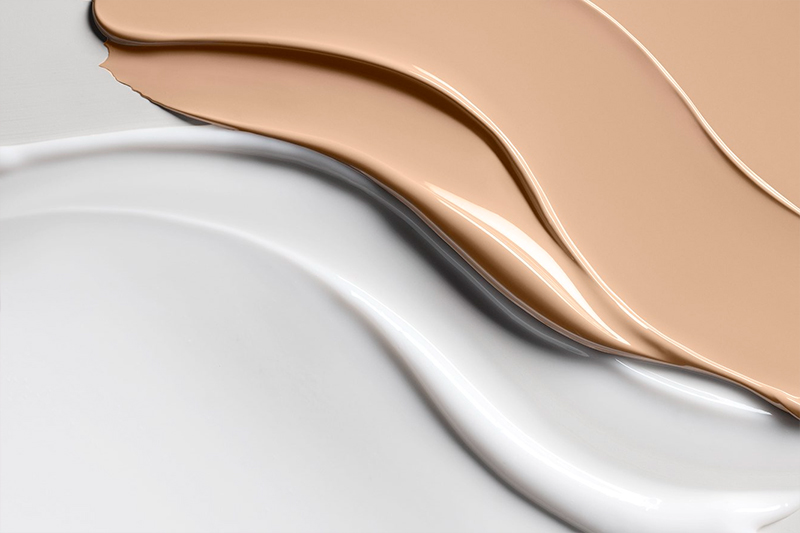
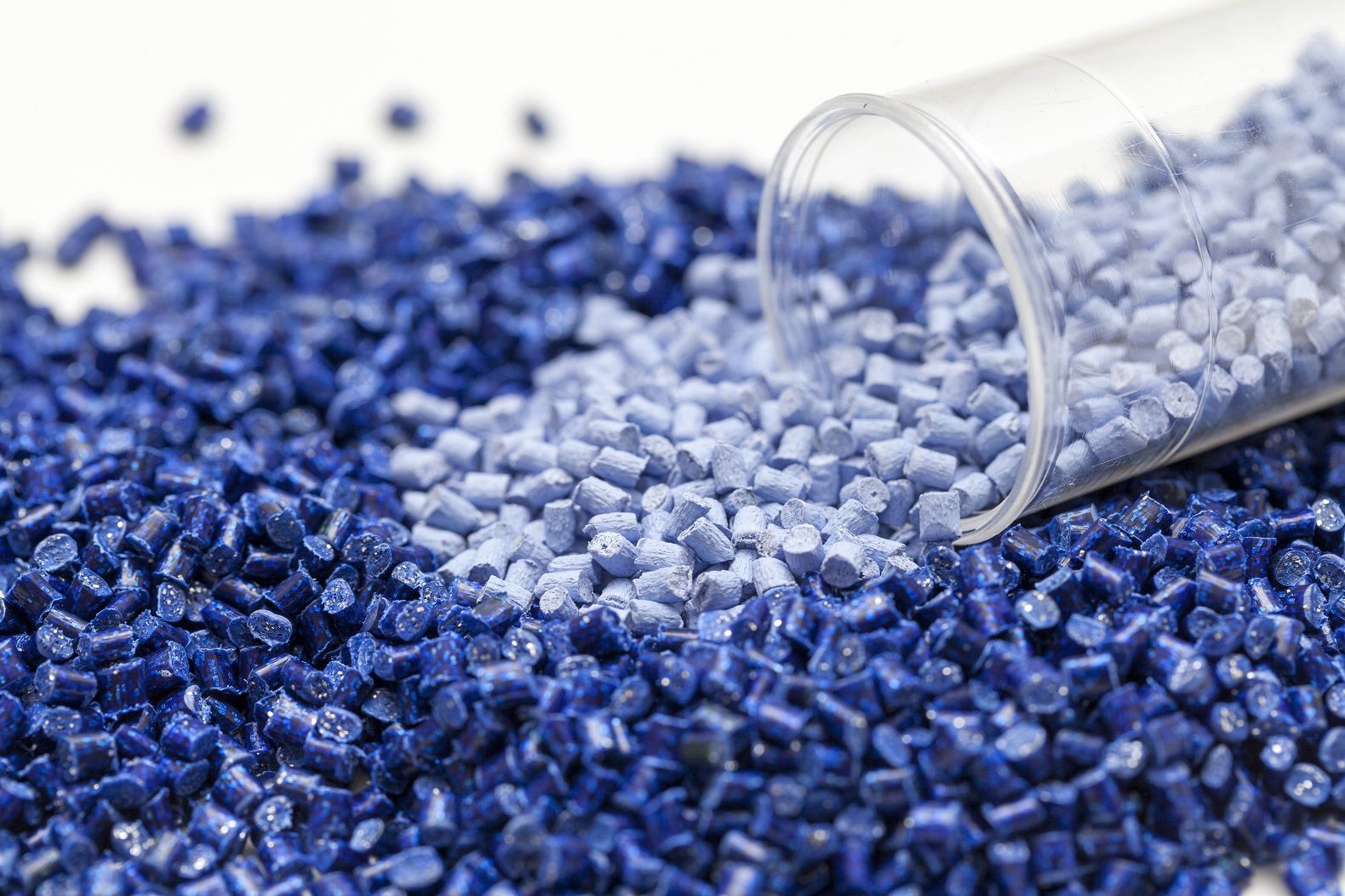
The use of talc in compound production
Application of talc in cosmetics

